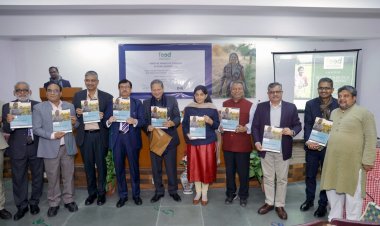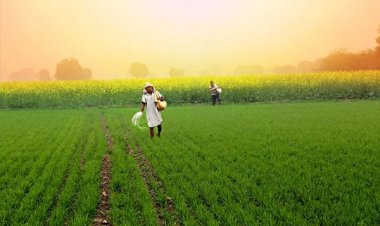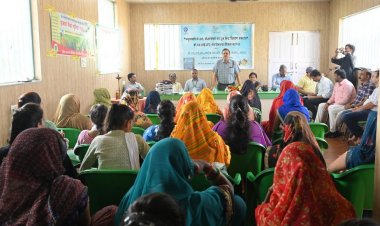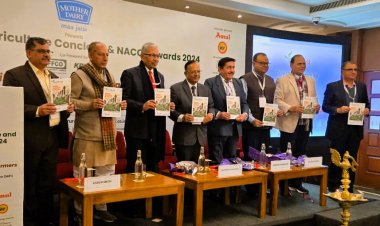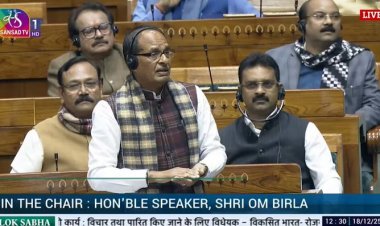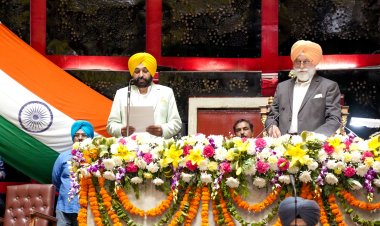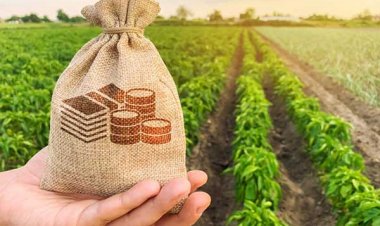The paradox of agriculture and employment
The NSSO’s latest annual Periodic Labour Force Survey (PLFS) report for 2021-22 (July-June) reveals the farm sector’s share in the country’s employed labour force at 45.5%. That’s down from 46.5% in 2020-21, but still higher than the 2018-19 low of 42.5%. Clearly, the effects of the pandemic-induced economic disruptions, which had forced a reverse migration back to the farms, haven’t fully subsided.
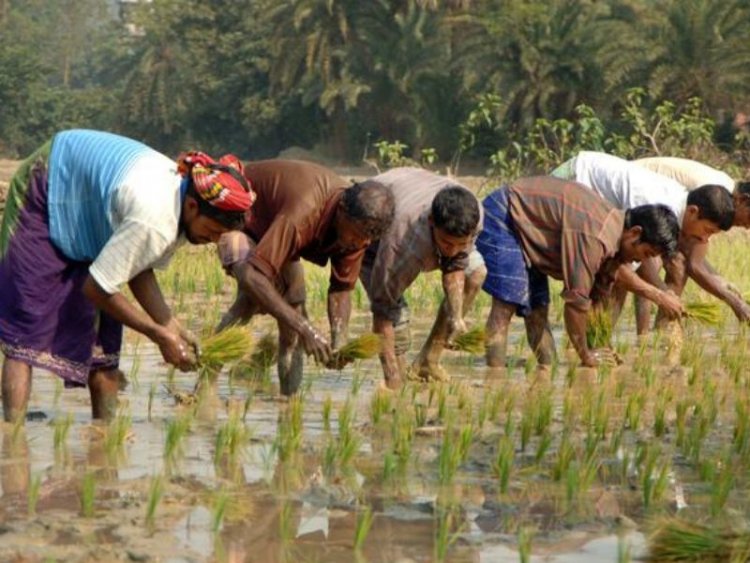
Two recent sets of data released by the National Sample Survey Office (NSSO) and the National Statistical Office (NSO) offer insights into the process of structural transformation in the Indian economy, especially as it relates to the agriculture and manufacturing sectors. The NSSO’s latest annual Periodic Labour Force Survey (PLFS) report for 2021-22 (July-June) reveals the farm sector’s share in the country’s employed labour force at 45.5%. That’s down from 46.5% in 2020-21, but still higher than the 2018-19 low of 42.5%.
Clearly, the effects of the pandemic-induced economic disruptions, which had forced a reverse migration back to the farms, haven’t fully subsided. The share of agriculture in the total workforce over a longer time period, based on previous years’ PLFS reports (also called ‘Employment and Unemployment’ surveys till 2011-12) fell from 64.6% in 1993-94 to 42.5% in 2018-19.
The maximum decline, from 58.5% to 48.9%, happened between 2004-05 and 2011-12. During this seven-year period, the workforce engaged in farming registered – for the first time in India’s history – a drop even in absolute terms, from 268.6 million to 231.9 million. The share of the labour force employed in manufacturing, too, peaked at 12.6% in 2011-12.
Since 2011-12, the above structural transformation has slowed, with agriculture’s share in employment not falling fast enough and, in fact, rising after 2018-19. Manufacturing’s share has dropped behind even that of construction and trade, hotels & restaurants. The latter two sectors, in 2017-18, accounted for 11.7% and 12% of the total workforce respectively, as against manufacturing’s 12.1%. But in 2021-22, manufacturing’s share, at 11.6%, was below that of construction (12.4%) as well as trade, hotels & restaurants (12.1%).
In other words, structural transformation hasn’t just slowed, but stalled, if not reversed. There is not much labour transfer taking place from farms to factories. The jobs that are getting generated outside agriculture are mostly in construction and low-paid services, whose share has overtaken that of manufacturing.
The construction sector has now become the second-largest employer after agriculture. Five years ago, it was at No. 4, after agriculture, manufacturing and trade, hotels & restaurants. Today, manufacturing has been relegated to the fourth spot.
However, even taking into account high value-addition, a sector generating 19% of income – accruing to the primary factors of production, namely the owners of land (farmers), labour (agricultural workers) and capital (lenders) – cannot support 45% of the country’s population.
Moreover, the GVA-GVO ratio is not a measure of productivity. An agriculturalist may be adding more value to every unit of input he consumes than a manufacturer. But productivity is a function of output per worker or per unit of land – which is low in agriculture compared to modern manufacturing and services. It explains why the average farmer earns less than his urban counterpart.
To earn more, the farmer’s productivity has to go up – which means producing more on the same land with less hands. At the end of the day, there’s no escaping the fact that India has too many people in agriculture. They need to be enabled to find employment in other sectors, which will, in turn, raise agriculture’s own productivity.



 Join the RuralVoice whatsapp group
Join the RuralVoice whatsapp group

















